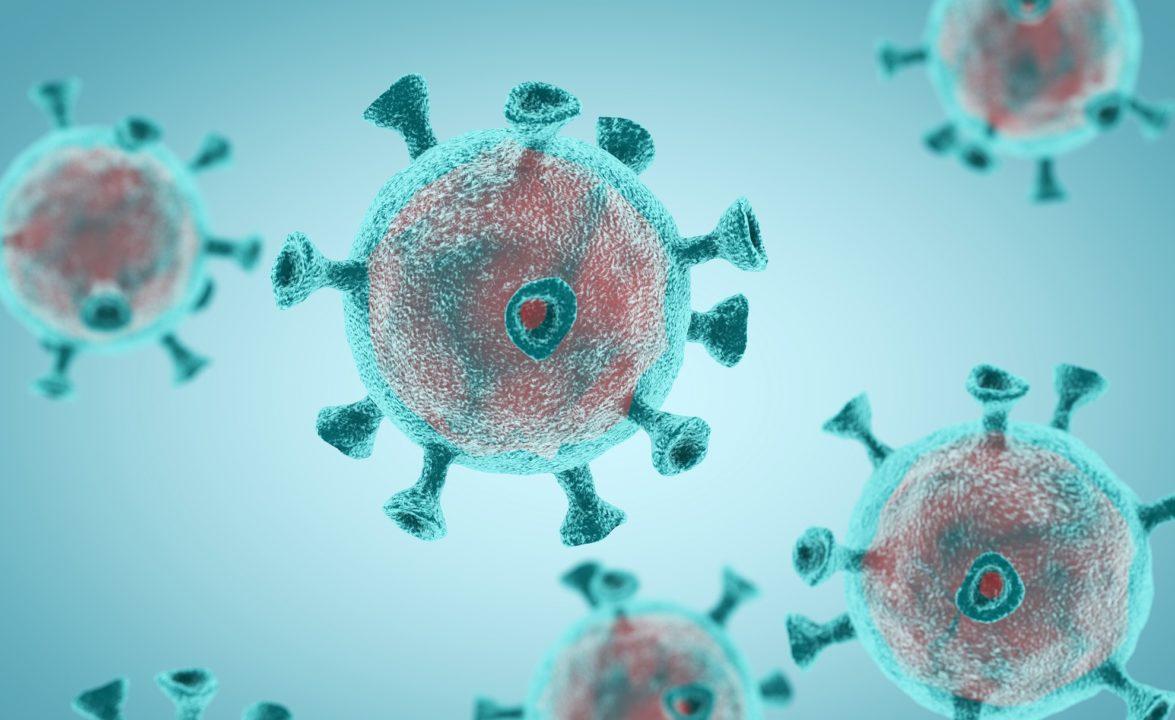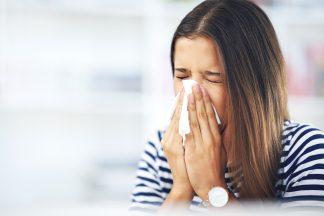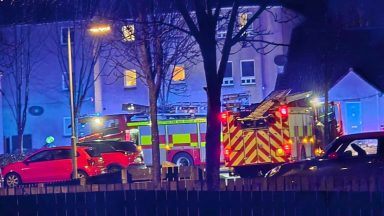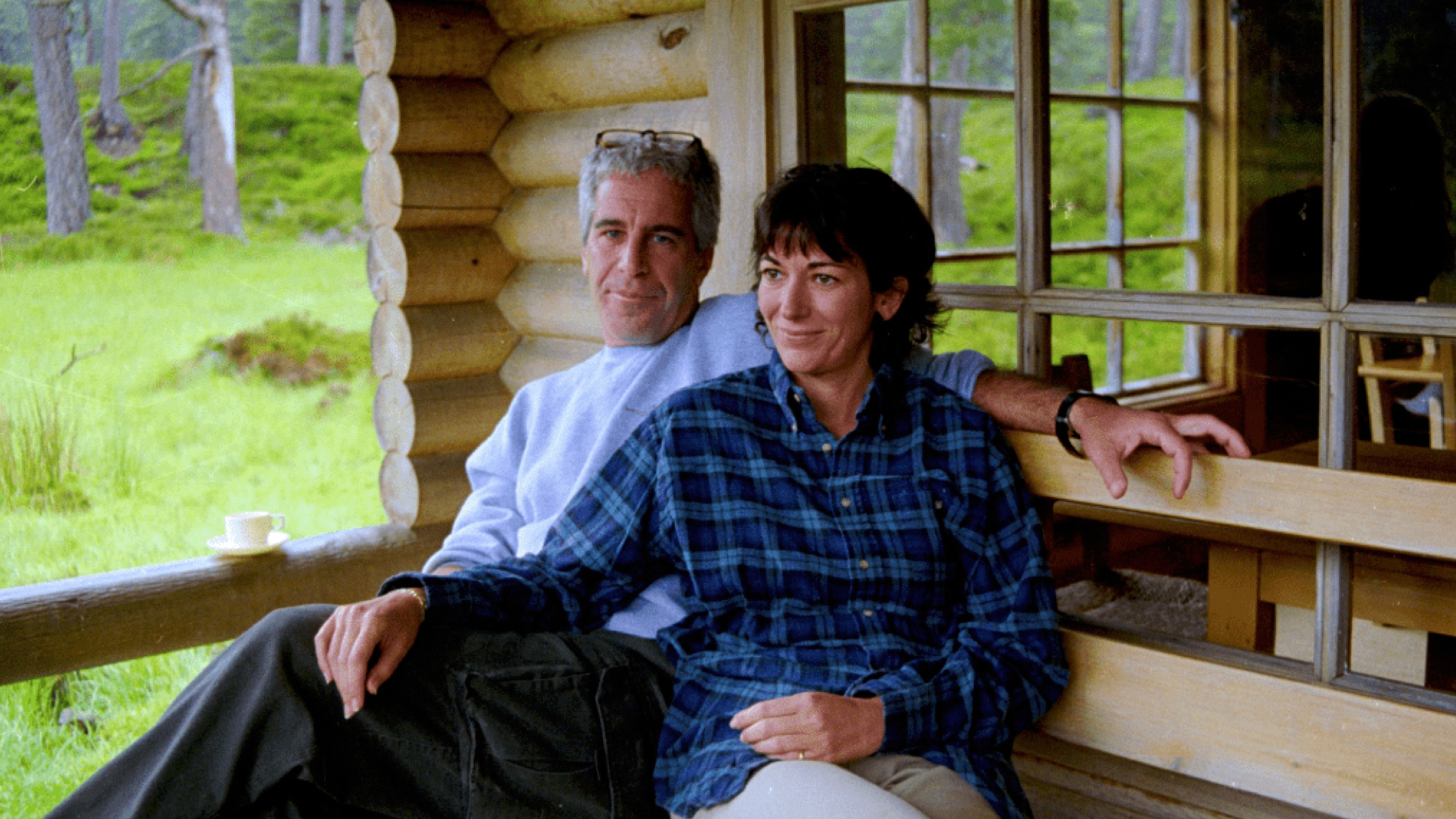On March 1, 2020, the first case of coronavirus in Scotland was confirmed.
As cases began to climb, the deaths began, with the first in Scotland confirmed in the Lothian area on March 13.
Society has been transformed by the global Covid-19 pandemic and the measures put in place to control the disease.
Here, we take a look at the statistics which show how the virus has spread throughout the country.
Covid-19 cases in Scotland
Confirmed cases of coronavirus in Scotland quickly rose as the pandemic spread in March.
In the first week of April, the rolling seven-day average of daily infections was 315.
Cases peaked in late April and then began to fall, with the daily total falling to an average of as low as nine in early July.
However, since then – as lockdown has eased and testing has ramped up – infections have begun to rise, in part due to local outbreaks in places like Aberdeen, Tayside and the west of Scotland.
The spread of the virus has accelerated rapidly in September and October, with new daily cases up to a seven-day average of 1102 as of Sunday, October 18.


*Cases on October 18 (a total of 316) were artificially low due to delays with test processing.
NB: From June 15, thousands of new cases were added to the official figures from UK Government-managed drive-through test centres.
Case data before that only counted results from NHS labs, therefore it is no longer included in our cumulative graph.
Covid-19 positivity rate
Since July 23, the Scottish Government has begun providing data on the so-called “positivity rate” in Scotland.
This refers to the daily percentage of people testing positive for coronavirus out of all newly-tested individuals.
Nicola Sturgeon has said it is among the first statistics she looks at each day when considering the latest data, as case numbers and testing numbers become increasingly variable.

The World Health Organisation’s advice is that if a country is keeping its positivity rate below 5%, broadly, it means it is keeping its Covid epidemic under control.
However, this depends greatly on the quality and quantity of testing a country is carrying out.
Covid-19 deaths in Scotland
There are two different sets of figures tallying coronavirus deaths in Scotland, which can be confusing.
Every day, the Scottish Government publishes figures on deaths produced by Health Protection Scotland (HPS).
These only include confirmed Covid-19 cases who died within 28 days of a positive test.
Every week, National Records of Scotland (NRS) publishes the numbers of everyone who has died with Covid-19 cited on their death certificate – including both confirmed and suspected cases.
Suspected cases include those who either didn’t have a test, or who died after the 28-day period following their test.
In order to arrive at the most up-to-date total possible, STV combines the weekly figures with the most recent daily figures.

Hospital and ICU admissions
Figures on the numbers of Scots in hospital and intensive care with coronavirus have recently been refined.
Now, they only count people who recently tested positive for coronavirus.
That’s because long-term hospital patients, who may have tested positive for Covid some time ago but are now being treated for different things, were being counted in the totals.
Despite this more restrictive approach, the numbers in hospitals have been steadily marching upwards in September and October.

During the first spike of coronavirus, older figures which combined both confirmed and suspected cases show a peak in Scotland’s ICUs on April 12, with 221 admissions.
The highest number of patients in Scottish hospitals overall occurred on April 21, when 1866 people were being treated for confirmed or suspected cases of the virus.
Hospital and ICU admissions for confirmed or suspected Covid-19: March 18 – July 21

Recoveries
The Scottish Government began in April giving figures on how many people hospitalised with coronavirus have been able to go home since the pandemic began.
Since March 5, nearly 5000 confirmed Covid-19 patients have been discharged from hospitals around Scotland to continue their recovery.

In August, the figure outstripped the number of people who have died with the virus in Scotland (confirmed and suspected).
Coronavirus testing
The Scottish Government says a policy of test, trace, isolate – dubbed “test and protect” – is crucial as lockdown restrictions ease and officials attempt to handle a second spike of Covid-19.
In March, policy in Scotland and the UK turned away from testing every suspected case, against the advice of the World Health Organisation.
But that changed again in late May when the government started asking anyone who developed Covid-19 symptoms – a cough, a fever or a loss of smell or taste – to immediately book a test.
The Scottish Government has been ramping up mass testing and claims the country now has total testing capacity of 40,000 per day, combining NHS labs and the UK Government-managed Lighthouse super-lab in Glasgow.


About 900,000 Scots have now been tested for coronavirus – a figure which has doubled in around seven weeks, showing the scale at which Covid testing capability has been built up.
Excess deaths
Over April to June, total deaths in Scotland were about a third higher than the five-year average, with 83% of those fatalities linked to coronavirus.
Comparing actual deaths in a country over a week or a month to the average for that period is how what is known as excess mortality is calculated.
In each week of April, when the coronavirus death toll in Scotland reached its shocking peak, excess deaths were 646, 878, 849 and 749 respectively – or more than 3100 over that month alone.
But from late June, mortality rates fell back into rough alignment with the five-year average.

Given different countries tally up coronavirus deaths in different ways, many experts believe excess deaths are a more stable way to compare how countries have fared during the pandemic.
Scotland has had the second highest number excess deaths of the four UK nations, behind England, and the third highest toll in Europe, behind England and Spain.
Coronavirus deaths in care homes
A total of 46% of all coronavirus-linked deaths have occurred in care homes.

They account for slightly less than deaths in hospitals (47%), while fewer than one in ten (7%) died at home, a non-institutional setting or another institutional setting.
Coronavirus in schools
Since pupils went back to full-time education in mid-August, much attention has been focused on cases in schools.
Community flare-ups of the virus and some small clusters in and around schools have seen pupils and school staff test positive for the virus, sometimes causing whole classes to self-isolate.
But broadly speaking, even with far more children and young people being tested for the virus, case numbers among pupils have stayed relatively low.
The Scottish Government has been tracking the number of pupil absences Monday to Friday due to reasons related to Covid.

The factors that could cause Covid-related absence include self-isolation due to having the virus or symptoms or a classmate having the virus.
But they also could refer to pupils having to quarantine due to coming back from holidays to certain countries, or because their parents have pulled them out of school against public health guidance.
Health boards
Covid-19 cases by health board
The most confirmed Covid-19 cases in Scotland are in the NHS Greater Glasgow and Clyde area, with more than 15,000.
Those cases have shot up by more than 5000 in the last fortnight, with other areas in the central belt like Lanarkshire, Lothian and Ayrshire also hotspots.

The least amount of confirmed cases are on Orkney (26) and the Western Isles (62).
Note: All graphs and tables beyond this point were last updated on October 14.
National Records of Scotland now updates them on a monthly basis, and the next update is November 11.
Deaths by health board
There have been 1365 deaths of confirmed or suspected Covid-19 cases in the Greater Glasgow and Clyde area, followed by Lothian on 743 and Lanarkshire on 609.
NHS Western Isles has recorded zero deaths so far, while there have been two on Orkney and seven in the Shetland Islands.

Death rate per 10,000 of population
In June, the National Records of Scotland began publishing new data giving the age-standardised death rates in health board areas.
They are considered more accurate than crude death rates where deaths and population size are measured against each other.
Instead, age-standardised death rates adjust for age demographics in the population, for example, if there are more older people or more younger people within the population compared to others.

Between March 1 and September 30, the Greater Glasgow and Clyde region had the highest death rate, with 23 deaths per 10,000 people.
Lanarkshire had the next highest, on 18, while Lothian, Forth Valley, Ayrshire and Arran, Tayside and Borders all had an age-standardised Covid death rates in double figures.
Covid-19 deaths by council area
West Dunbartonshire has the highest age-standardised death rate in the country, with a rate of nearly three residents per 1000, or 27 per 10,000, dying with the virus.
Other local authority areas with high death rates – typically ones with urban populations and substantial pockets of poverty – include Glasgow, Midlothian, Inverclyde and Dundee.
Ten highest death rates per 10,000

Remote and rural areas typically had the lowest age-standardised death rates, with a rate of three deaths per 10,000 in Highland and Moray and four in Dumfries and Galloway
In Shetland, where there have been seven deaths, Orkney, with two deaths, and Western Isles, where there have been zero, no death rate has been calculated.

In terms of sheer numbers, a total of 666 Glasgow residents have died with confirmed or suspected Covid-19 – the highest in Scotland – with 432 in Edinburgh.
There have been been at least 100 deaths reported in 18 of Scotland’s 32 local authority areas.

Covid-19 deaths by age and gender
More than three quarters of coronavirus-linked deaths (76%) in Scotland are of people over 75.
Of that age group, 55% of deaths are women, rising to 62% in the over-85s category, which reflects the fact the elderly population has more women than men.
Overall, there is a 50/50 split between men and women in terms of the proportion of Covid-19 deaths, with slightly more women dying (2162 to 2139 men).
But among people aged 45 to 74, nearly twice as many men as women have died (65% to 35%).

A total of 29 people aged 15 to 44 have died with confirmed or suspected coronavirus in Scotland so far – 14 male and 15 female.
Follow STV News on WhatsApp
Scan the QR code on your mobile device for all the latest news from around the country


 STV News
STV News























